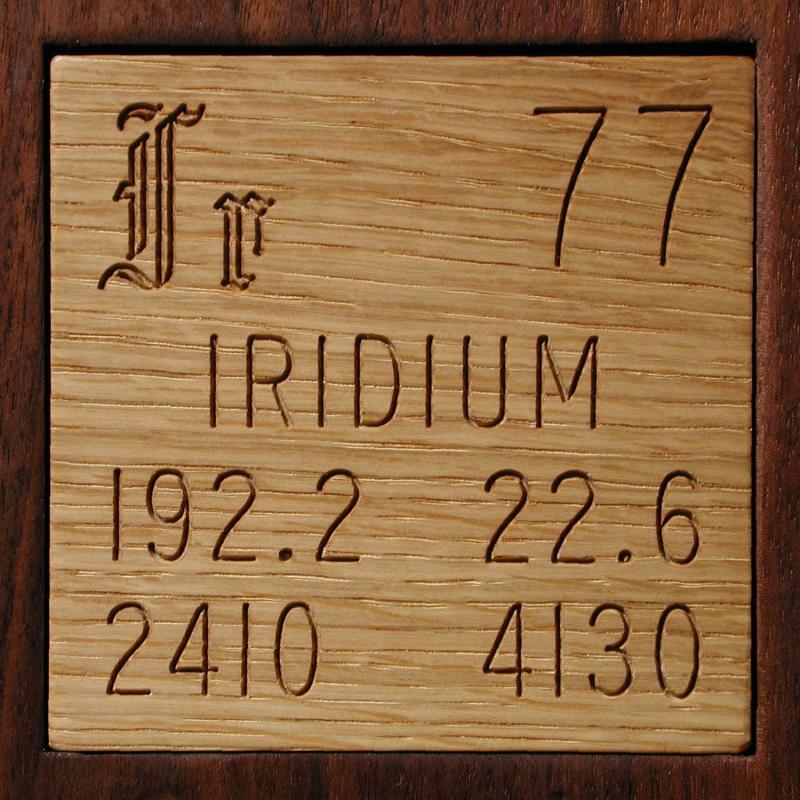Iridium Nanopowder was first obtained in the Russian Federation with quality complying with the world’s best equivalents.
Highly pure Iridium Nanopowder consists of black metal nano particles .
- Iridium powder is used in the field ofElectrochemistryhttps://nanografi.com/blog/iridium-element-specifications/
- Iridium powder is used in the field ofChemical industry
- Iridium powder is used in the field ofAutomobile industry
- Iridium powder is used in the field ofAircraft and rocket industry
- Iridium powder is used in the field ofMicroelectronics
- Iridium powder is used in the field ofMedicine
- Iridium powder is used in the field ofDefectoscopy
- *Iridium is used as a source of gamma radiation for the treatment of cancer.

Comments
Post a Comment